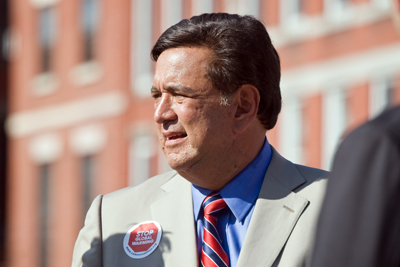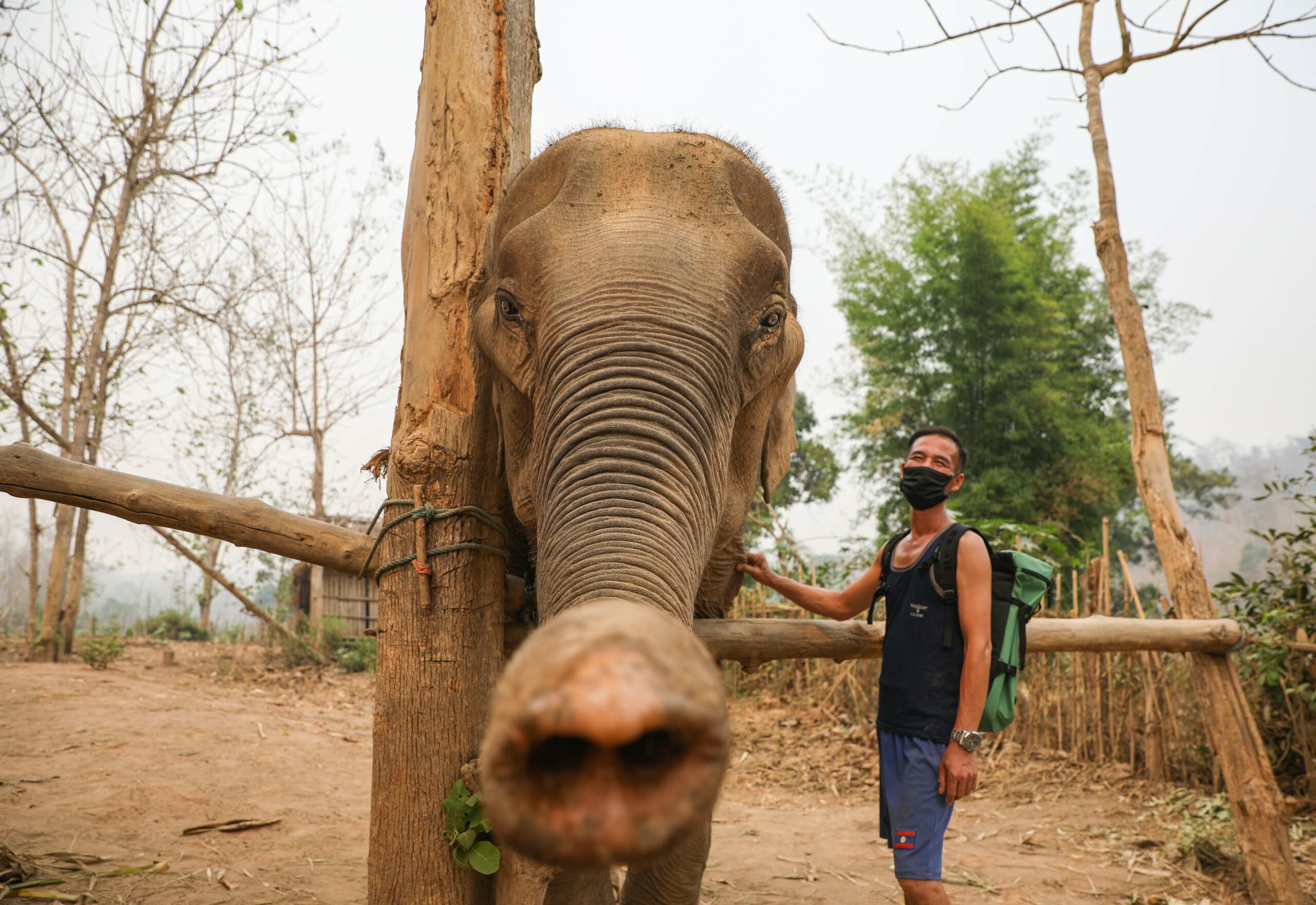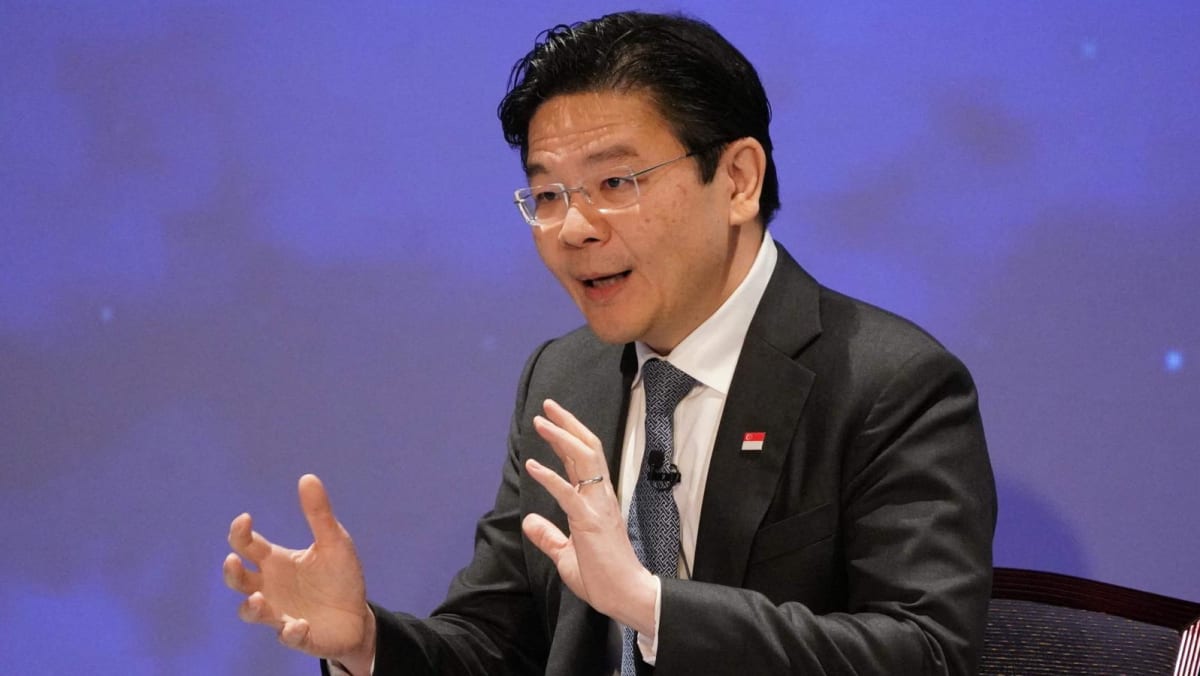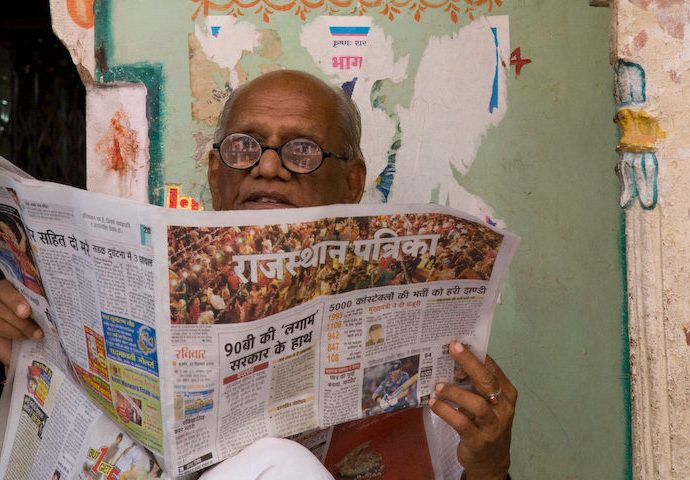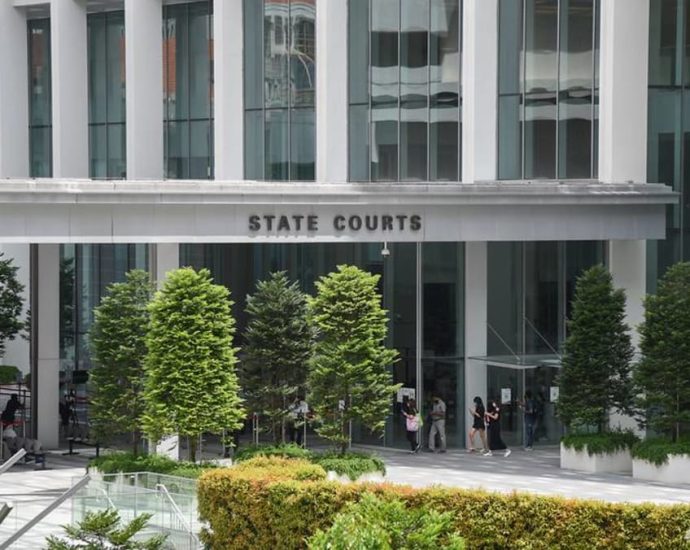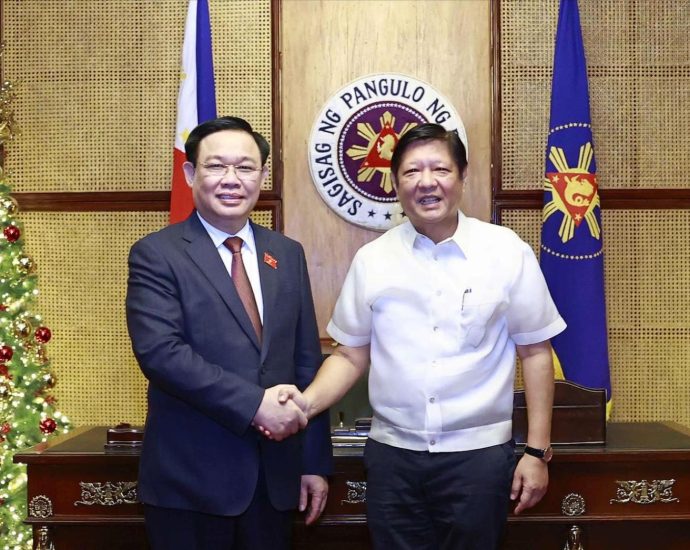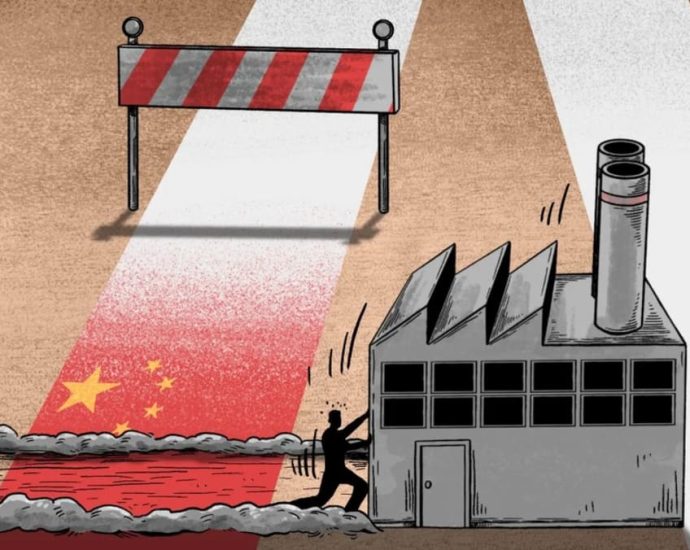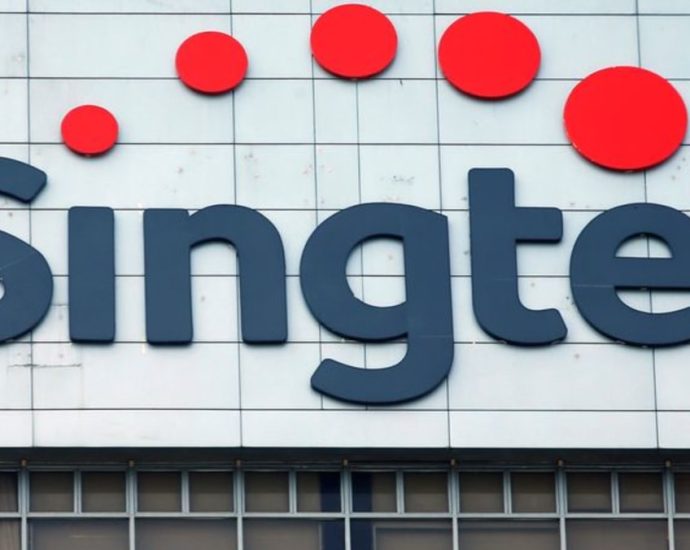Thailand says 1 million Chinese tourists visited from January to mid-May
BANGKOK: Thailand received one million Chinese tourists between January and May 18, a government official said on Sunday (May 28), after China’s border reopening. The government expects the number of Chinese visitors to meet its target of 5 million this year, with spending of 446 billion baht (US$13.18 billion), governmentContinue Reading




